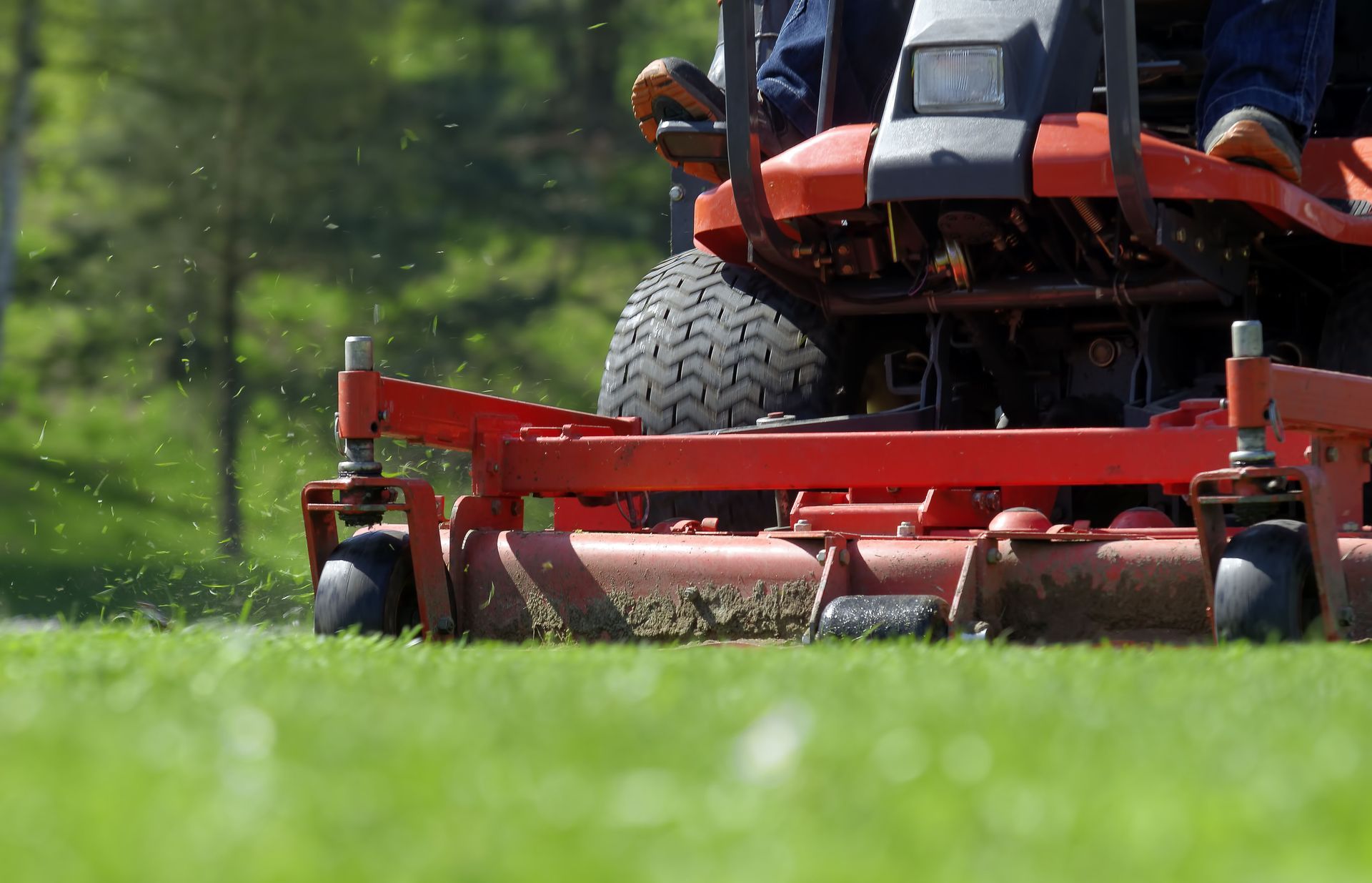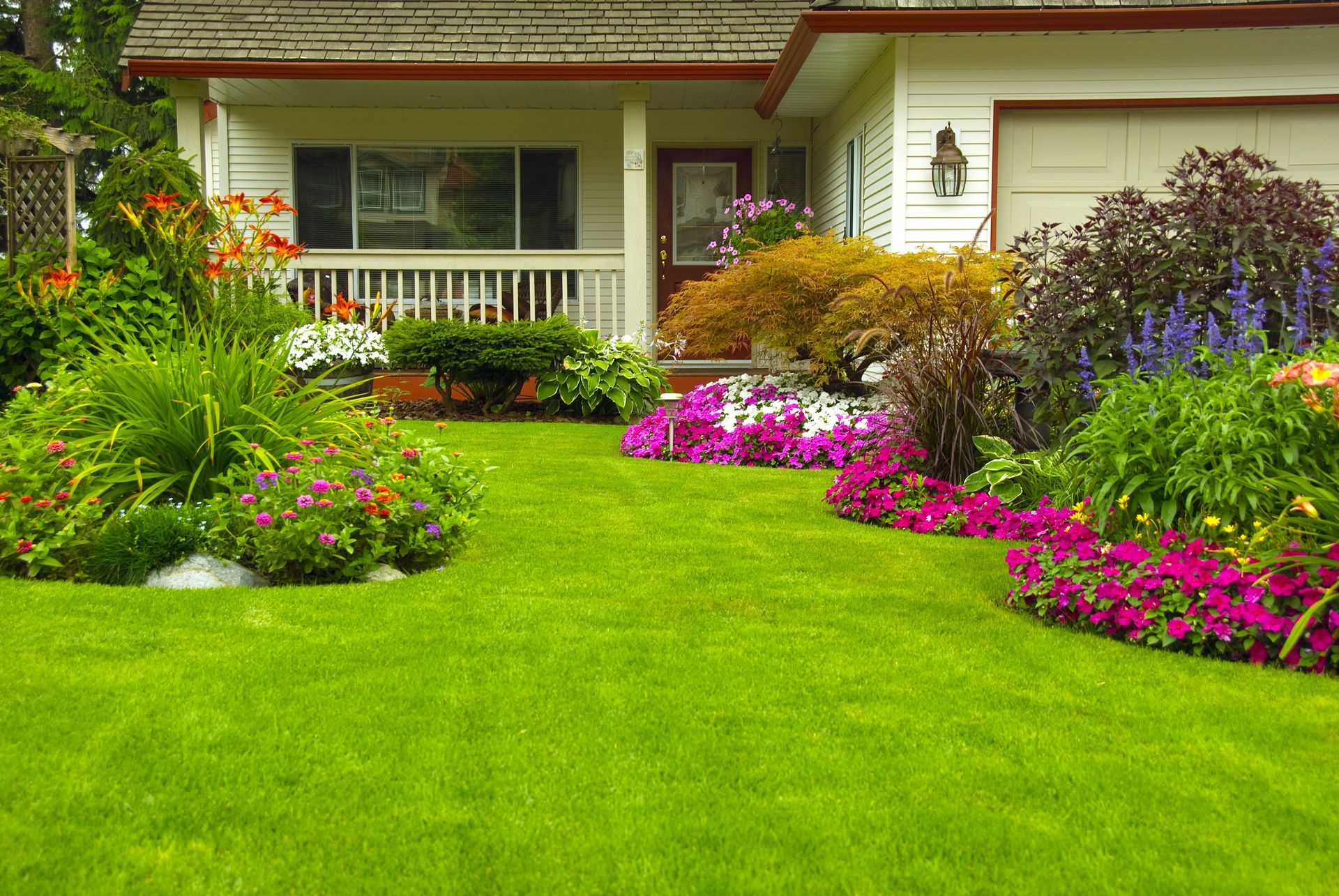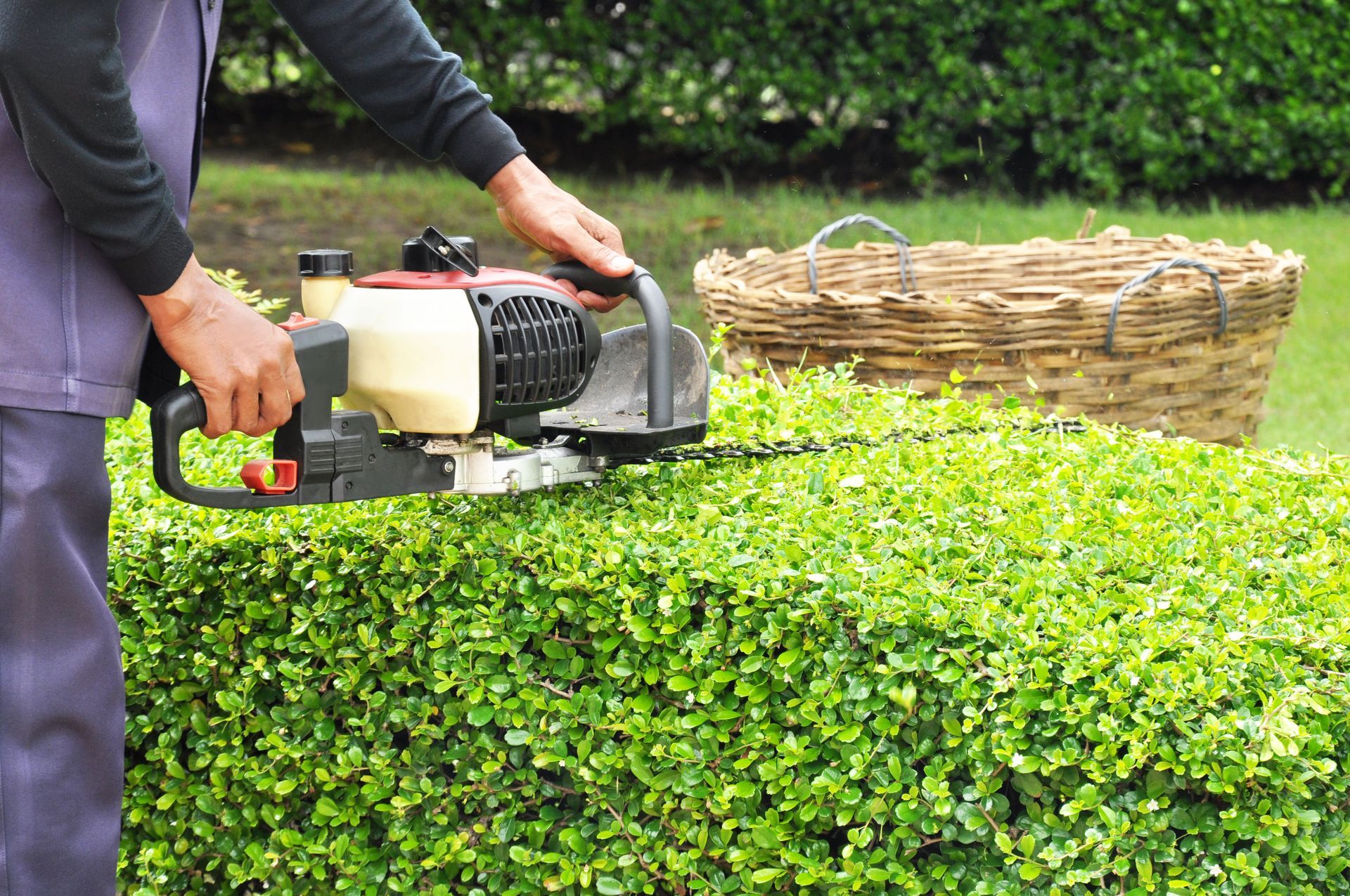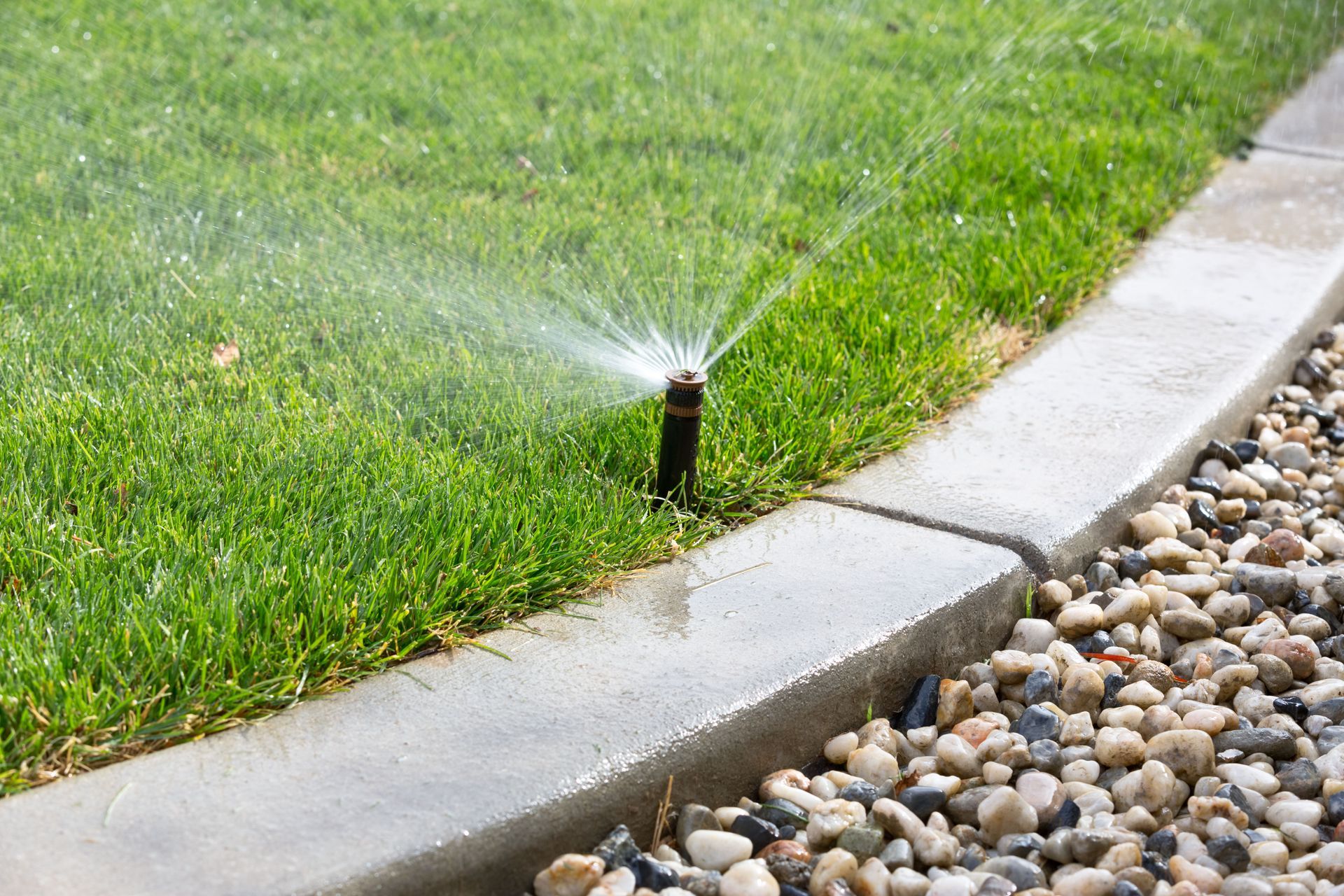What to Understand About Your Lawn Fertilization
Lawn fertilization is crucial for maintaining a healthy, robust, and visually appealing lawn. When executed properly, fertilization programs offer various benefits such as improved growth, vibrant color, and resilience against pests and diseases. Homeowners can expect a greener, thicker lawn that contributes positively to the aesthetic and ecological value of their property. Anticipating the results of a fertilization program involves understanding the various factors that influence its effectiveness. By gaining insight into these elements, homeowners can optimize lawn care and achieve the best possible outcomes from their fertilization efforts.
The Purpose of Lawn Fertilization
The primary goal of lawn fertilization is to provide essential nutrients that the soil may lack. Fertilization promotes healthy grass growth, leading to a lush and vibrant lawn that thrives throughout the year. It increases the lawn's resistance to environmental stressors, such as drought and heat, as well as to pests and diseases. Furthermore, a well-fertilized lawn can enhance soil structure, improving its ability to retain water and nutrients. Homeowners can expect these benefits when they incorporate fertilization into their regular lawn care routine.
Types of Fertilizers
Fertilizers come in various forms, each offering different benefits based on their composition. We've seen that organic fertilizers, derived from natural sources, provide a slow release of nutrients and improve soil health over time. Synthetic fertilizers offer immediate nutrient availability but may require careful monitoring to avoid over-application. Slow-release fertilizers combine the benefits of both organic and synthetic types, offering a sustained nutrient supply with a reduced risk of lawn damage. Choosing the right type of fertilizer depends on specific lawn needs and the homeowner's preference for organic or chemical products.
The Right Fertilizer for Your Lawn
Determining your lawn's specific needs is the first step toward selecting the right fertilizer. This process involves evaluating factors like grass type, current soil condition, and any present nutrient deficiencies. Based on these factors, homeowners can choose fertilizers with the appropriate nutrient balance to support their lawn's health and growth. Observation and documentation of the lawn's performance throughout the growing season provide additional insights into its ongoing nutrient needs. Tailoring fertilizer selection according to the lawn's unique requirements ensures effective and efficient nutrient application.
Nutrient Composition
We want customers to know that lawn fertilizers typically contain three key nutrients: nitrogen, phosphorus, and potassium. Nitrogen promotes lush, green foliage and is central to grass growth, ensuring a high-quality lawn. Phosphorus supports root development and is essential during the early stages of lawn establishment. Potassium enhances the lawn's overall hardiness, improving resistance to drought, temperature extremes, and disease. Understanding this nutrient composition helps homeowners select the right fertilizer to match their lawn's specific requirements.
The Role of Soil Testing
Soil testing is a fundamental step in any successful fertilization program, offering valuable insight into the soil's nutrient content. By analyzing soil samples, homeowners can determine which nutrients are deficient and tailor fertilization to address these needs. This customization not only maximizes the effectiveness of nutrient applications but also minimizes the risk of over-fertilization, which can harm the lawn and environment. Regular soil testing ensures that fertilization strategies are adaptive and responsive to changing soil conditions. With this approach, homeowners can achieve optimal lawn health and growth.
Environmental Factors
Environmental factors such as climate, soil type, and regional differences play a significant role in determining the effectiveness of a fertilization program. Grass varieties respond differently to environmental conditions, which is why understanding local climate patterns is crucial. Soil composition, such as sandy or clay-heavy soils, also influences nutrient retention and availability. Additionally, regional factors, including local pest populations and weather patterns, can impact the timing and type of fertilization required. By considering these elements, homeowners can develop a fertilization strategy tailored to their specific environment.
Timing and Frequency of Fertilization
The timing of fertilization is key to maximizing its benefits on a lawn. Grass types differ in their optimal fertilization times; cool-season grasses typically benefit from early spring and fall applications, while warm-season grasses thrive with summer fertilization. Proper timing ensures that the grass is in a growth phase, enabling efficient uptake and utilization of nutrients. Regularly scheduled fertilization aligns with the natural growth cycle of the grass, supporting continuous health and vigor. According to Garden Guides, understanding that grass grows at a rate of two to six inches a month can further guide homeowners in planning fertilization timing.
Seasonal Considerations
Seasonal changes significantly affect the fertilization needs of a lawn. Temperature variations, precipitation patterns, and daylight hours alter grass growth and nutrient requirements. During cooler months, grass often enters a dormant state, reducing the need for fertilization compared to the active growing seasons of spring and summer. By adapting fertilization practices to these seasonal shifts, homeowners can avoid waste and ensure their lawn receives nutrients when most needed. Understanding and respecting these seasonal cycles is crucial for effective and sustainable lawn care.
Signs of Under or Over-Fertilization
Monitoring a lawn for signs of under or over-fertilization is vital to maintaining its health. Yellowing grass, stunted growth, and poor overall appearance can indicate nutrient deficiencies, prompting the need for additional fertilization. Conversely, we've seen that symptoms like rapid growth, burnt leaf tips, and excessive thatch buildup often suggest over-fertilization. Observing these signs allows homeowners to adjust their fertilization practices in real-time, ensuring a balanced nutrient supply. Regular evaluation and responsive action help maintain optimal lawn conditions and prevent damage caused by improper fertilization.
Safety Measures
Implementing safety measures is critical in handling and applying fertilizers to protect human health, pets, and the environment. We always wear protective gloves and masks to avoid direct contact with chemical compounds. Proper storage of fertilizers, away from moisture and extreme temperatures, ensures product integrity and safety. Additionally, following application guidelines and adhering to re-entry times for pets and family members prevent exposure to potentially harmful residues. By prioritizing safety, homeowners can carry out fertilization with confidence and care.
Various Fertilization Practices
Consistently monitoring lawn health post-fertilization is vital for assessing the effectiveness of the fertilization strategy. Regular inspection allows homeowners to observe improvements or deficiencies in grass color, density, and vigor. This feedback informs necessary adjustments to fertilization practices, such as altering application frequency or switching products. Keeping records of growth and appearance trends over time provides a comprehensive view of long-term lawn development. With consistent monitoring, homeowners can optimize their fertilization strategy for sustained lawn health and vitality.
Dealing with Common Problems
Common challenges may arise after fertilization, requiring prompt attention to prevent lawn damage. Issues such as nutrient burn, uneven growth, or pest infestations demand targeted solutions. Adjusting fertilization techniques, incorporating integrated pest management strategies, and addressing soil imbalances can resolve these problems. Homeowners should be proactive in identifying and addressing issues, leveraging expert advice when necessary to restore lawn health. Understanding potential problems and implementing corrective actions quickly can mitigate long-term damage and maintain a thriving lawn.
A well-executed lawn
fertilization program provides numerous benefits for homeowners seeking to maintain a healthy, attractive lawn. Understanding the nuances of fertilizer types, timing, and application techniques ensures optimal nutrient delivery and lawn health. By considering environmental factors, seasonal changes, and technical challenges, homeowners can enhance their fertilization strategies to align with regional and personal goals. This knowledge empowers individuals to achieve lush, sustainable lawns while minimizing environmental impact. Embracing these insights fosters successful, long-term lawn care results that transform properties into vibrant, green landscapes. If you have any questions, please contact Ward's Lawn Service today.
Serving Boulder, Dacono, Firestone, Frederick, Ft Lupton, Lafayette, Longmont, Louisville, Mead, Niwot, and Superior, CO
OUR SERVICES
RESOURCES











Share On: